The Thrill of the Chase
How running after something can make you feel alive
Sometimes when running with the training group I get this desire to sweep the pack. There's something about being at the back, chasing after everyone else ahead.
The thrill of the chase
Maybe I've always loved to chase things: to chase after butterflies, to chase the dogs as they sprinted through the woods like a pack of wolves, to chase a soccer ball up and down a grassy field, to chase after goals and dreams. There's something about the chase - of realizing there's something there ahead of you, to aspire to, to chase down and become. We all need that vision. We all need that something to chase.
Kenyetta Iyevbele, the "rabbit" for the 2017 Sir Walter Miler
At the Sir Walter Miler in August 2017 I was surprised to learn that for each mile attempt there was a pacer called a "rabbit." He or she ran the first two laps around the track at the front of the pack and gave them a set pace. If the women's goal was to run a sub-4:30 mile then the rabbit's job was to set that pace. Pace too slowly and they wouldn't achieve the goal; pace too fast and they might burn out before hitting that mile. The rabbit was the example, the standard-bearer, the prey to chase down.
"Our bodies are wonderful endurance machines"
There's an idea that humans became hunters because of our ability to run. Before we had ranged weapons or before we even learned to bludgeon prey with rocks or drive them over a cliff, we had our feet. The theory is our original hunting method was something called "persistence hunting" - literally running down an animal to death. Our bodies are wonderful endurance machines: we are upright so we can see the horizon, scanning for prey and tracking specific targets; we have well-developed brains for abstract thinking, helpful for imagining a prey's decision-making process and making decisions based on these projections; and we can sweat. We may not ever win a sprint race in the animal kingdom but our greatest assets are thermoregulation and intelligence. Whereas other animals must pant to let off excess heat we have the ability to sweat, and so while other animals have to slow their pace or pant to recover from a sprint we can just break a sweat and keep going. By doing this we can hone in on one animal and persistently chase it until it drops dead from heat and exhaustion.
Sometimes, when I run in the back of the pack and chase after my fellow runners, I feel this primal flush, this adrenaline rush of the hunt. I know those fastest runners are not gazelles or some ancient aurochs but I still feel some primal urge to chase them.










Global Running Day is always the first Wednesday in June, and for five of the last seven years, I’ve been at the 5K and kids’ run put on by my local Fleet Feet — one year as a runner, four years as a photographer.